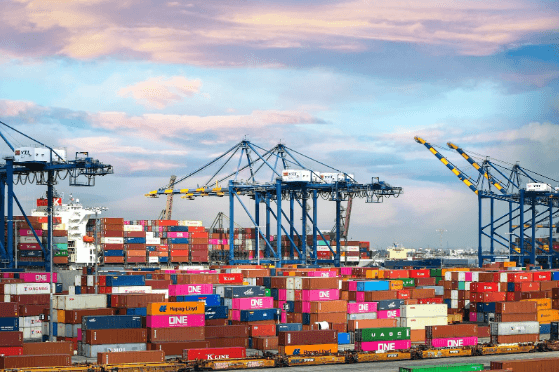Table of Contents
This tactic, known as “load matching,” is used to match specific loads with carriers that can accommodate them. Transport companies once used a truckload board to notify potential customers of the locations of available slots. Nowadays, modern logistics businesses incorporate technology into their system to provide multiple platforms that help them ship their goods as expeditiously as possible.
Various specifications are considered in loadmatch logistics, such as routes, destinations, and load capacity. Thus, it ensured that load-carrying vehicles made as much money as possible. However, significantly reducing the number of time-consuming manual steps by utilizing machine learning and artificial intelligence, thereby saving money and time.
But when it comes to load matching, there are many internal and external variables to consider. If you don’t use modern technology, it will be hard to plan and consistently make mistakes.
So, in this article, let’s discuss more on load matching, including its benefits and how it is accomplished.
What is load matching?
In general, load matching refers to matching unassigned loads with carriers who have available space. But to be more precise, it is the process of matching the appropriate vehicle or driver with a suitable load to achieve the best possible balance between maximum space utilization and ease of execution. The result is that trips become even more economical, convenient, and devoid of risks.
When carrying out this procedure, a few things need to be taken into account:
Assessing its weight and height
Even though you can fit many packages in any vehicle’s available space, the products may weigh too much and cause the delivery to be delayed. It means you must uniformly distribute the weight on both sides of each package. Too much weight on one side may increase the likelihood of your driver being involved in a car accident.
In addition, the height of a load is an important consideration. Consequently, there could be a possibility that your trucks may get stuck in many bridges and tunnels if they are packed too high.
Ensuring the fragile items are well-packed
You shouldn’t place items prone to breakage on top of bulky ones. Your hard-earned track record will struggle if you deliver damaged goods to customers. To avoid this, you must ensure that the products are not damaged.
How does load matching work?
Three steps that you need to note in achieving load matching.
Route planning
All of the delivery locations must be on the same route. You could accomplish it by using a digital or software system by grouping loads that have similar, if not identical, destinations.
In addition, route planning may have to consider the vehicle’s height, regardless of the type of carrier. For example, routes that include a bridge or tunnel frequently have height restrictions, so you need to examine your loads thoroughly.
Load planning
The load’s fragility is also a factor to keep in mind. Consider the route’s practicability, vehicle type, and packaging for delicate shipments when developing your load planning.
When it comes to transporting temperature-sensitive goods, the choice of a carrier is critical. When picking out the best vehicle for a load, the carrier’s maximum weight capacity is the final thing to keep in mind.
Loading and unloading products or items
The sequence wherein goods are arranged crucial for efficiently loading and unloading products. As a general rule, loads are best prepared by packing them in reverse delivery order.
Also Read This: What Companies Are In the Transportation Field?
Benefits of load matching
Using a load matching strategy can save companies money, the most obvious advantage. Logistics businesses can reduce the number of empty miles that carriers waste and plan more efficient routes to save money.
In particular, digital load matching allows businesses to drastically reduce the time it takes to find a suitable load match. Companies can now save time by outsourcing the process rather than spending time-consuming hours matching loads themselves or contacting matching services. If the entire procedure is automated, then you can make matches immediately.
Better route stability and predictability are also essential factors to keep in mind when working to improve carrier services.











